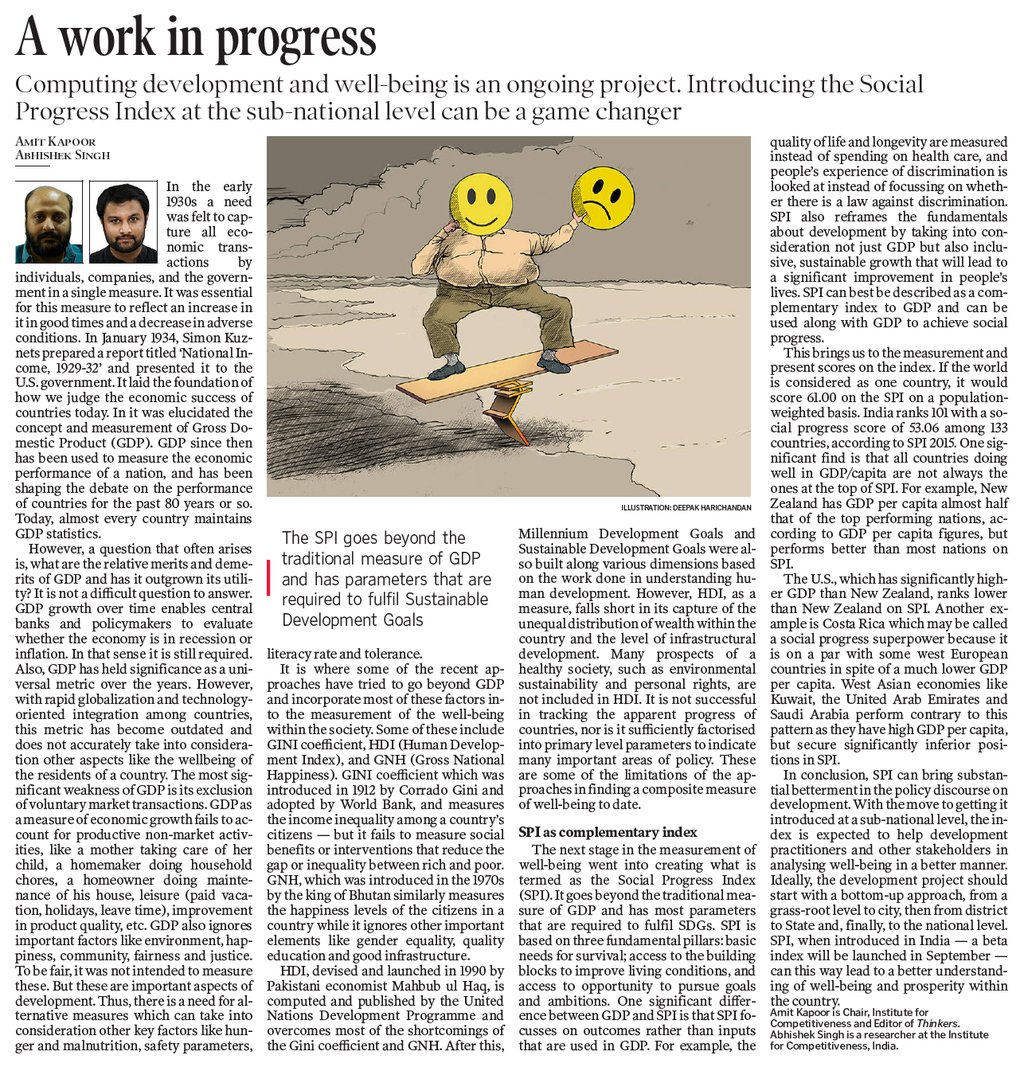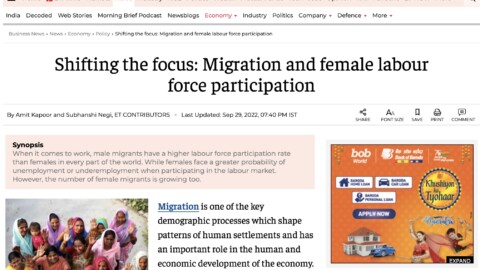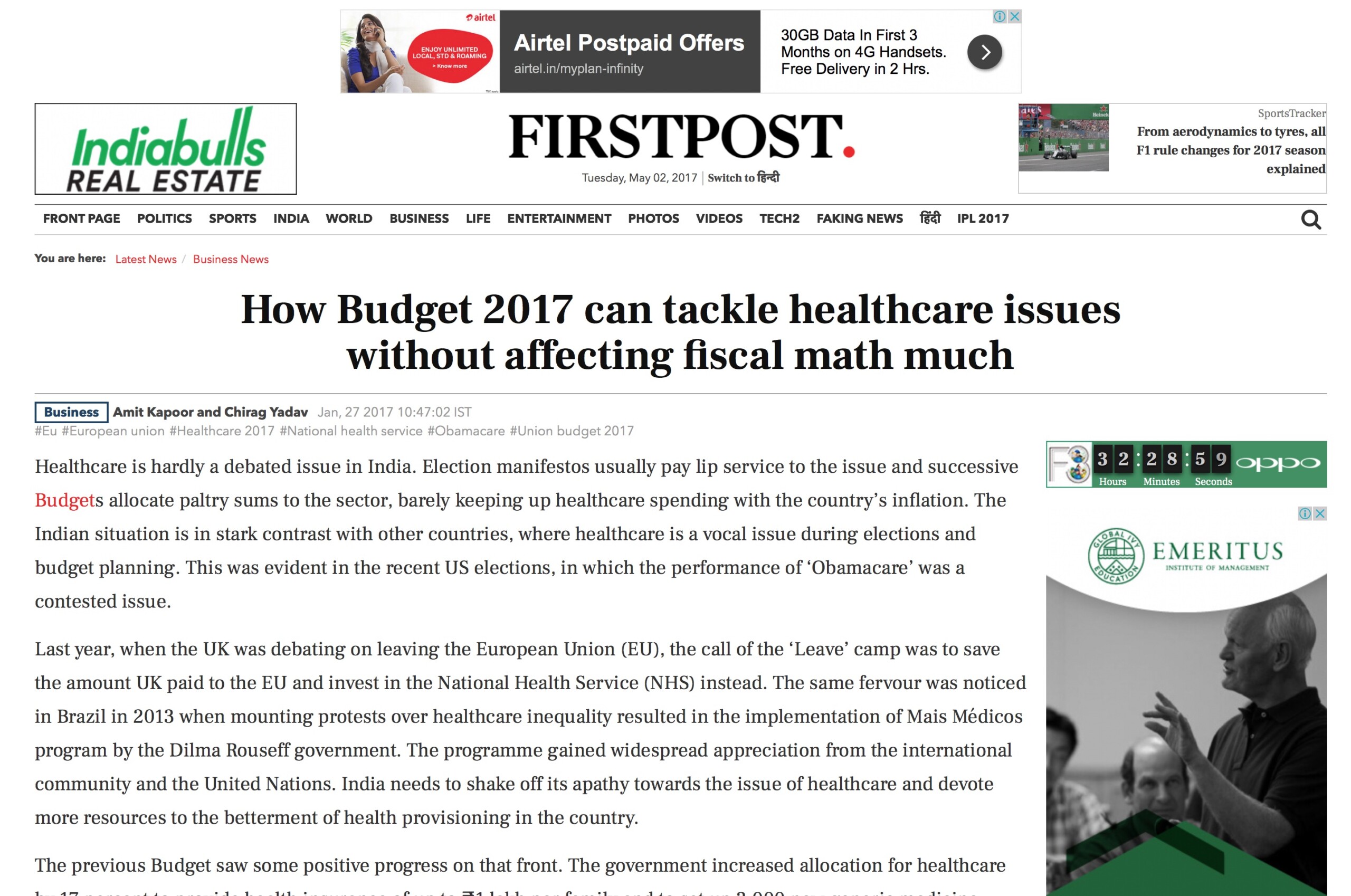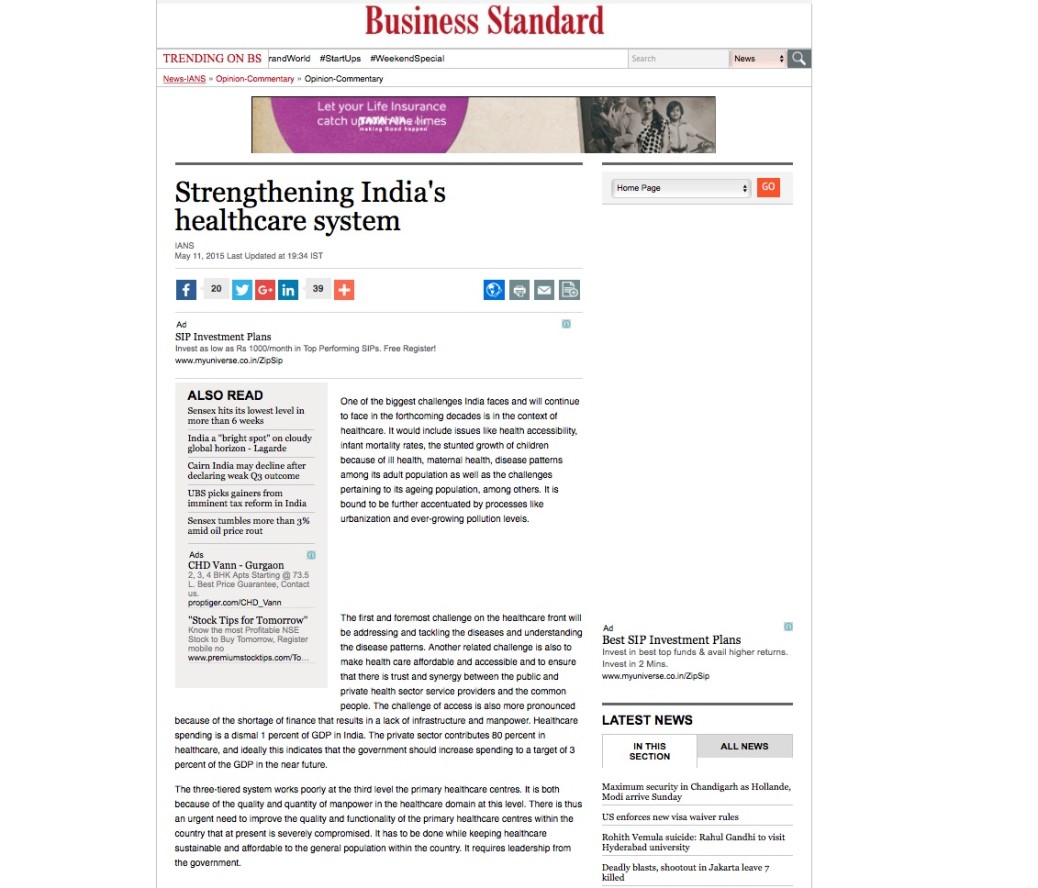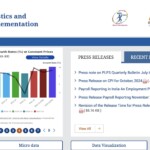In the early 1930s a need was felt to capture all economic transactions by individuals, companies, and the government in a single measure. It was essential for this measure to reflect an increase in it in good times and a decrease in adverse conditions. In January 1934, Simon Kuznets prepared a report titled ‘National Income, 1929-32’ and presented it to the U.S. government. It laid the foundation of how we judge the economic success of countries today. In it was elucidated the concept and measurement of Gross Domestic Product (GDP). GDP since then has been used to measure the economic performance of a nation, and has been shaping the debate on the performance of countries for the past 80 years or so. Today, almost every country maintains GDP statistics.
However, a question that often arises is, what are the relative merits and demerits of GDP and has it outgrown its utility? It is not a difficult question to answer. GDP growth over time enables central banks and policymakers to evaluate whether the economy is in recession or inflation. In that sense it is still required. Also, GDP has held significance as a universal metric over the years. However, with rapid globalization and technology-oriented integration among countries, this metric has become outdated and does not accurately take into consideration other aspects like the wellbeing of the residents of a country. The most significant weakness of GDP is its exclusion of voluntary market transactions. GDP as a measure of economic growth fails to account for productive non-market activities, like a mother taking care of her child, a homemaker doing household chores, a homeowner doing maintenance of his house, leisure (paid vacation, holidays, leave time), improvement in product quality, etc. GDP also ignores important factors like environment, happiness, community, fairness and justice. To be fair, it was not intended to measure these. But these are important aspects of development. Thus, there is a need for alternative measures which can take into consideration other key factors like hunger and malnutrition, safety parameters, literacy rate and tolerance.
It is where some of the recent approaches have tried to go beyond GDP and incorporate most of these factors into the measurement of the well-being within the society. Some of these include GINI coefficient, HDI (Human Development Index), and GNH (Gross National Happiness). GINI coefficient which was introduced in 1912 by Corrado Gini and adopted by World Bank, and measures the income inequality among a country’s citizens — but it fails to measure social benefits or interventions that reduce the gap or inequality between rich and poor. GNH, which was introduced in the 1970s by the king of Bhutan similarly measures the happiness levels of the citizens in a country while it ignores other important elements like gender equality, quality education and good infrastructure.
HDI, devised and launched in 1990 by Pakistani economist Mahbub ul Haq, is computed and published by the United Nations Development Programme and overcomes most of the shortcomings of the Gini coefficient and GNH. After this, Millennium Development Goals and Sustainable Development Goals were also built along various dimensions based on the work done in understanding human development. However, HDI, as a measure, falls short in its capture of the unequal distribution of wealth within the country and the level of infrastructural development. Many prospects of a healthy society, such as environmental sustainability and personal rights, are not included in HDI. It is not successful in tracking the apparent progress of countries, nor is it sufficiently factorised into primary level parameters to indicate many important areas of policy. These are some of the limitations of the approaches in finding a composite measure of well-being to date.
SPI as complementary index
The next stage in the measurement of well-being went into creating what is termed as the Social Progress Index (SPI). It goes beyond the traditional measure of GDP and has most parameters that are required to fulfil SDGs. SPI is based on three fundamental pillars: basic needs for survival; access to the building blocks to improve living conditions, and access to opportunity to pursue goals and ambitions. One significant difference between GDP and SPI is that SPI focusses on outcomes rather than inputs that are used in GDP. For example, the quality of life and longevity are measured instead of spending on health care, and people’s experience of discrimination is looked at instead of focussing on whether there is a law against discrimination. SPI also reframes the fundamentals about development by taking into consideration not just GDP but also inclusive, sustainable growth that will lead to a significant improvement in people’s lives. SPI can best be described as a complementary index to GDP and can be used along with GDP to achieve social progress.
This brings us to the measurement and present scores on the index. If the world is considered as one country, it would score 61.00 on the SPI on a population-weighted basis. India ranks 101 with a social progress score of 53.06 among 133 countries, according to SPI 2015. One significant find is that all countries doing well in GDP/capita are not always the ones at the top of SPI. For example, New Zealand has GDP per capita almost half that of the top performing nations, according to GDP per capita figures, but performs better than most nations on SPI.
The U.S., which has significantly higher GDP than New Zealand, ranks lower than New Zealand on SPI. Another example is Costa Rica which may be called a social progress superpower because it is on a par with some west European countries in spite of a much lower GDP per capita. West Asian economies like Kuwait, the United Arab Emirates and Saudi Arabia perform contrary to this pattern as they have high GDP per capita, but secure significantly inferior positions in SPI.
In conclusion, SPI can bring substantial betterment in the policy discourse on development. With the move to getting it introduced at a sub-national level, the index is expected to help development practitioners and other stakeholders in analysing well-being in a better manner. Ideally, the development project should start with a bottom-up approach, from a grass-root level to city, then from district to State and, finally, to the national level. SPI, when introduced in India — a beta index will be launched in September — can this way lead to a better understanding of well-being and prosperity within the country.
Published in The Hindu on May 19, 2016. To know more
